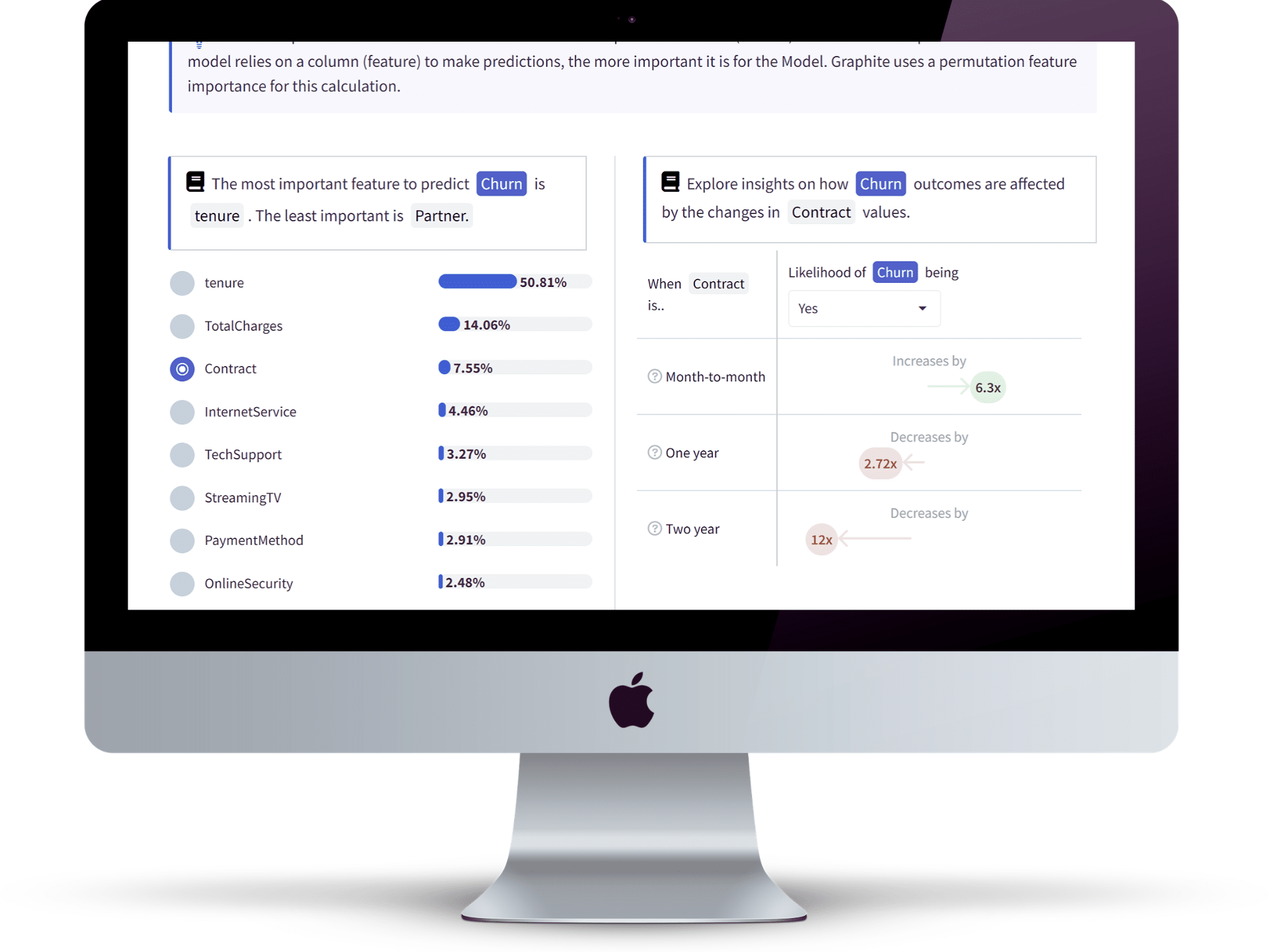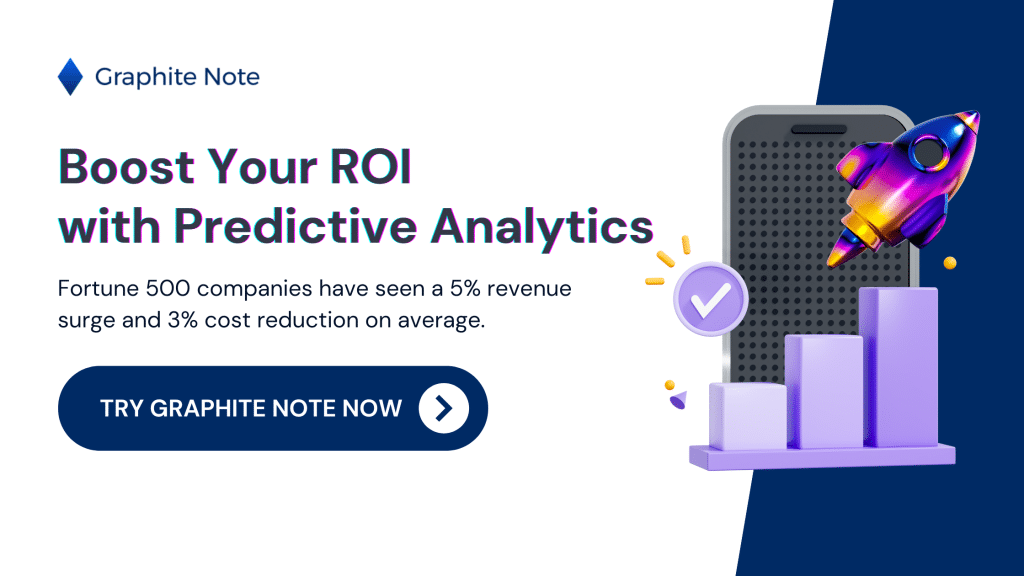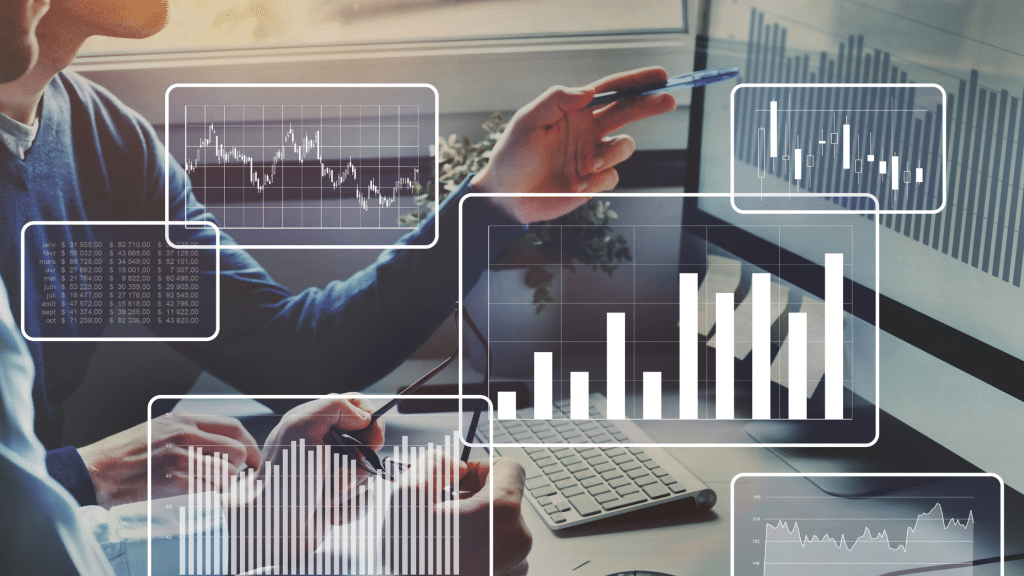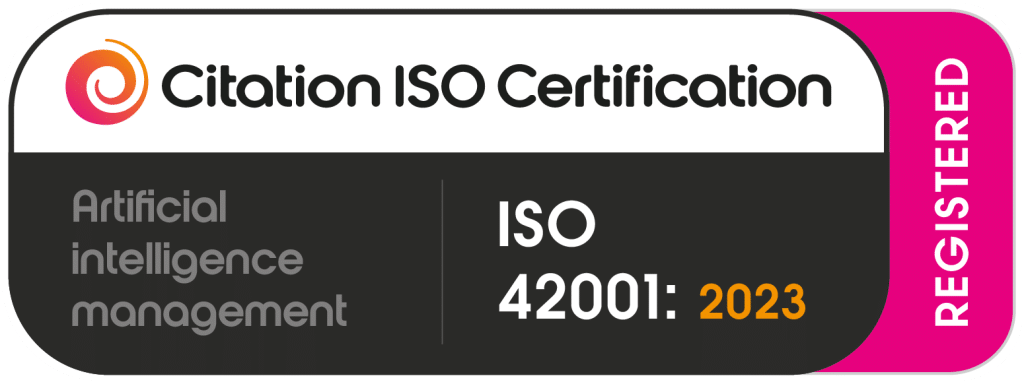As a business owner, you’re always looking for new ways to gain competitive advantage. Using your business data, you know you can make better decisions. Business analytics tools can help you improve operational efficiency. Predictive analytics platforms can support improved customer experiences. We outline the key benefits of predictive analytics platforms for your business. We also help you choose the best predictive analytics software for your business.
What is Predictive Analytics?
Predictive analytics are a type of data analysis. Predictive analytics encompasses a collection of statistical techniques and machine learning algorithms. Through examining historical data, prediction analysis seeks to identify patterns, trends, and relationships. Predictive analytics predict future outcomes or behaviors. Predictive analytics models are dependent on data quality, data quantity, algorithm choice, and interpretation. Prediction analysis can be applied to almost every type of business. Prediction analysis can be applied in various fields. These include finance, healthcare, marketing, and weather forecasting. The versatility of predictive analytics techniques makes them a valuable tool for decision-makers. Predictive modeling makes forecasts and predictions based on patterns and trends found in the data.
Key Components of Predictive Analytics
Predictive analytics tools consist of several key components. These can be seen as phases:
- Data collection: During data collection, you gather relevant data to feed to your predictive analytics solution. Predictive analytics solutions then store that data. Your data sets could take on the form of structured data, like your internal databases. You can also use unstructured data for your predictive analytics tools. Unstructured data could be sourced from social media, web logs, and other sources. The more diverse and comprehensive the data you have , the better the predictions will be from your predictive analysis software.
- Data preprocessing and data cleaning: Next, your data is preprocessed and cleaned to ensure it is accurate and consistent. Your predictive analysis tools remove any outliers or errors, handle missing values, and transform the data into a suitable format for analysis. Data preprocessing is an important step in predictive analytics. The quality of the input data directly affects the accuracy of the predictions you get from your data science platform.
- Model implementation: At this point, advanced analytics steps in. Statistical models and machine learning algorithms are applied to uncover patterns and make predictions. These models can range from simple linear regression to more complex algorithms like time series, classification models, decision trees, neural networks, and support vector machines. The choice of model depends on the nature of the data and the business problem you’re trying to solve.
- Get your insights: The insights produced by the predictive models are presented in a meaningful and actionable way. Predictive tools give you data visualization facilities. Your predictive tools could also have dashboards, report functions, or other types of data presentation formats. This helps you explore the predictions and understand the underlying factors driving them. Predictive analytics tools empower you with the information you need to make informed choices and drive business success.
The Role of Predictive Analytics in Business
Predictive analytics plays a critical role in modern businesses. Predictive models enhance decision-making and improve your risk management strategies.
Enhancing Decision Making Process
Predictive analytics platforms enable you to make data-driven decisions by providing insights based on historical data and trends. A predictive analytics cloud solution helps you analyze customer behavior, market trends, and other relevant factors. The machine learning models help you to identify new opportunities, optimize operations, and make informed decisions. A retail company can use predictive analytics to analyze customer purchasing patterns and preferences. The machine learning models help the company identify which products are frequently bought together. Armed with this knowledge, the company can create targeted marketing campaigns and optimize their product placement strategy. This data-driven approach increases sales and enhances customer satisfaction by offering personalized recommendations. Predictive analytics can also help your forecast demand and optimize your inventory management. Business users can analyze historical sales data, seasonal trends, and external factors to accurately predict future demand and adjust their inventory levels. This prevents overstocking or understocking. That leads to cost reductions and improved customer satisfaction.

Predictive Analytics in Risk Management
Risk is an inherent part of any business. You need to be able to manage it effectively. Predictive analytics platforms help you assess and mitigate risks. Predictive tools identify potential issues or anomalies in the big data. Using historical data and statistical models, you can predict and proactively address potential risks. An insurance company can use predictive analytics to assess the risk profile of potential policyholders. Analyzing various data points, the company can predict the likelihood of a policyholder filing a claim. The insurance company can set appropriate premiums and coverage levels. Predictive analytics can also be used in fraud detection and prevention. Analyzing patterns and anomalies in transaction data, you can identify potential fraudulent activities and take immediate action. This proactive approach protects your business, while enhancing customer trust and loyalty.
Benefits of Predictive Analytics Platforms
Increased Efficiency and Productivity
Predictive analytics platforms automate manual tasks and enable you to make real-time decisions. Eliminating manual processes and using automation, you can streamline operations, reduce costs, and improve efficiency.
A retail business can manually analyze sales data to determine which products are selling well and need to be restocked. With a predictive analytics platform, their process can be automated. They can receive real-time insights on product demand. This automation saves time and ensures that the business never runs out of popular products, leading to increased customer satisfaction and sales.
Predictive analytics platforms give your team actionable insights. This helps your workforce prioritize tasks and make more efficient use of their time. A customer service representative can use predictive analytics to identify which customer inquiries require immediate attention. Your representative knows how to address urgent issues promptly and allocate their time effectively.
Improved Customer Relationship Management
Customers are the lifeblood of any business. You need to understand and cater to their needs effectively. Predictive analytics platforms enable you to analyze customer behavior and preferences. You’re then equipped to personalize your offerings and enhance the overall customer experience.
Using predictive analytics, you can gain valuable insights into your customer preferences. ML models help you understand your customers’ preferences, like their preferred products, preferred communication channels, and their likelihood of churn. You can tailor your products and services to meet individual customer needs, providing personalized recommendations and targeted marketing campaigns.
A subscription-based streaming service can use predictive analytics to analyze user viewing patterns and recommend relevant content based on their interests. This level of personalization enhances the customer experience, increases customer loyalty and reduces customer churn.
Predictive analytics platforms can help you identify potential upsell and cross-sell opportunities. Analyzing customer data, your business can identify patterns and trends that indicate a customer’s readiness to purchase additional products or upgrade their existing ones. Your team can proactively reach out to customers with personalized offers, increasing revenue and fostering stronger customer relationships.

Choosing the Right Predictive Analytics Platform
Businesses are turning to predictive analytics platforms to gain insights and make informed decisions. Numerous options are available in the market. Choosing the right predictive analytics platform can be daunting. To help you choose the right one, here are a few key factors to consider:
Essential Features to Consider
It’s important to consider the features your predictive analytics platforms include. Look for platforms that have robust data collection capabilities, enabling you to gather and analyze large volumes of data from various sources. The ability to handle structured and unstructured data is also important. This allows you to extract valuable insights from a wide range of data types. Your predictive analytics platform should offer a comprehensive set of machine learning algorithms. Machine learning algorithms are the backbone of predictive analytics. Data science helps you build accurate models and make accurate predictions. Look for platforms that provide a diverse selection of algorithms, including regression, classification, clustering, and time series analysis. Your predictive analytics platform should have an intuitive interface. Look for easy-to-use dashboards for data visualization. Being able to visualize your data is helpful for better understanding and communicating them. Consider platforms that offer intuitive and customizable dashboards, allowing you to create interactive visualizations that can be easily shared with stakeholders.
Integration capabilities with existing systems and software are also important. The platform should be able to seamlessly integrate with your current infrastructure. Direct integration connects you to your existing data sources and workflows. A good predictive analytics platform offers you robust APIs and connectors, making it easy to integrate with popular tools and technologies.
Evaluate the Cost-Effectiveness
While cost is a significant factor in any decision-making process, it should not be the determining factor. Instead, consider the value it brings to your business. Evaluate the potential return on investment (ROI) that the platform can deliver. A platform may be more expensive upfront ,but could yield greater results in the long run. Look for platforms that offer scalability. Scalability means you can start small and expand as your business grows. Consider the long-term benefits of the platform, such as increased efficiency, improved decision-making, and building a competitive advantage. Consider the total cost of ownership (TCO) of the platform. This includes the upfront costs, ongoing maintenance, training, and support. Look for platforms that offer transparent pricing models and give you comprehensive support and training resources.

Future Trends in Predictive Analytics
Predictive analytics is an ever-evolving field, and there are exciting trends on the horizon. Let’s explore a few of them:
The Rise of Real-time Predictive Analytics
Real-time predictive analytics is gaining popularity among businesses. Real-time analytics enables you to make decisions based on the most up-to-date information. You’re equipped to respond quickly to changing market conditions, act on opportunities as they arise, and mitigate risks in real-time.

Predictive Analytics and Artificial Intelligence
Artificial intelligence (AI) is revolutionizing many industries. Predictive analytics is no exception. AI-powered predictive analytics platforms can analyze complex data, detect patterns, and make predictions with unprecedented accuracy. This combination of predictive analytics and AI opens up new horizons for your business. Advanced analytics enables you to uncover deeper insights and make more precise forecasts.
Predictive analytics platforms offer your business numerous benefits. From enhancing decision-making processes to improving risk management strategies, these platforms empower you to make data-driven, informed choices. Choose the right predictive analytics platform, adapt to emerging trends, and unlock the full potential of your data.





